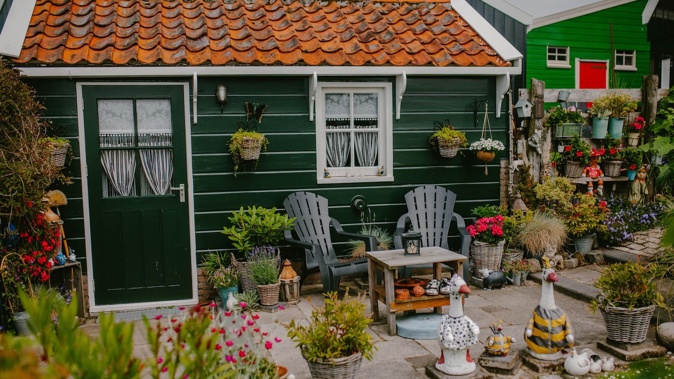
- The Government will allow granny flats up to 70sq m to be built without consents.
- The decision followed public consultation and aims to ease barriers for building simple dwellings.
- Legislative changes are expected by the end of the year, with further standards by 2025.
Larger granny flats will be able to be built without consents after the Government decided to change its coalition promises after public consultation.
The Government has today confirmed it will change its planned amendments to building and resource consent legislation to allow minor residential units, more commonly known as granny flats, to be built up to 70sq m, more than the originally mooted 60sq m.
The policy, agreed between National and New Zealand First, was aimed at addressing barriers to building simple dwellings, often preferred by people who lived with older family members or children who wanted their own living space.
The decision to increase by 10sq m came after consultation led by the Ministry of Business, Innovation and Employment, reinforced by Government officials.
“It was the public submissions asking, ‘Why not a bit bigger?‘, and I mean, it’s a fair question, where you draw the line,” Building and Construction Minister Chris Penk said.
“[It’s] allied to official advice which was along the lines that you actually don’t have any greater risk at a slightly larger footprint of the building.”
Asked why the Government had stopped at 70sq m, Penk said: “You’ve got to draw the line somewhere.”
 Building and Construction Minister Chris Penk is glad to see the coalition promise expanded. Photo / Mike Scott
Building and Construction Minister Chris Penk is glad to see the coalition promise expanded. Photo / Mike Scott
However, he also pointed to the value in aligning with an established set of designs for buildings sized from 60-70sq m.
Given the lack of added risk, Penk acknowledged the Government’s policy could have started at the 70sq m threshold, but said it showed the benefits of consultation.
“The whole point about consulting is that you can arrive at the best policy.”
Penk confirmed building consents would not be necessary if the granny flat had a simple design, it met the Building Code, the construction was done by authorised builders and if homeowners notified their councils at the beginning and end of construction.
The necessary legislative changes were expected to make it through the House by the end of the year.
National minister Chris Bishop, responsible for Resource Management Act reform, said a new National Environmental Standard (NES) under the RMA would be developed and in place by the end of 2025 to align with the required amendments to the Building Act.
NZ First minister Shane Jones spoke of how the policy would accommodate whānau living arrangements that were common in his area in Northland’s Far North.
“Changing the rules to make it easier to build more family accommodation allows generational living at an affordable price.”
Adam Pearse is a political reporter in the NZ Herald Press Gallery team, based at Parliament. He has worked for NZME since 2018, covering sport and health for the Northern Advocate in Whangārei before moving to the NZ Herald in Auckland, covering Covid-19 and crime.
Take your Radio, Podcasts and Music with you









